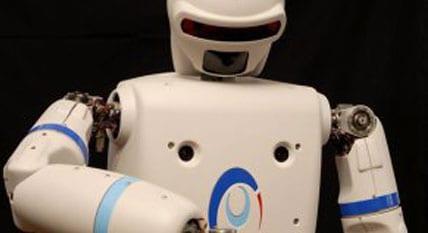Today, Stillman and Friedland are spotlighting the latest tech approaches that are changing driving as we know it. We have already looked at autonomous driving and how it is shaking up the automotive industry. New technologies are developing out of visual surveillance technology and the internet of things. What does that mean for you in terms of benefits, and what are the downsides?
An English-language science and technology online magazine, Israel 21C, highlights a number of new technology concepts coming out of incubators in Israel, products in development, and devices already on the market. (Israel is a leader in R&D worldwide with start-ups and major players such as Google and Intel.) Let’s break it down in terms of how you are impacted by these latest developments.
Visual scanners: These include the programs which scan the roads operate self-driving vehicles and allow you to ride hands-free. They also can be add-ons to boost driver awareness and override the driver to prevent accidents, as we saw in our autonomous driving post. Newer safety applications include scanning the interior of the car to:
- Alert you if your teenager or taxi is taking more passengers than they are allowed to, and
- Alert you if you left a child in the car, or if you left items in the car.
Information gathering: This is another aspect of what is popularly called the “internet of things”. The internet collects data from your browsing history–and even cell phone conversations –and uses it to offer you targeted advertising. Your home appliances and your car are also part of this trend. While your coffeemaker may be transmitting info about how many capsules you use daily, your car can send info about where you shop, work, buy gasoline or even dine out.
The gathered information is used for data analytics, meaning that your personal behaviors are surveyed and sold as marketing data and product leads. Many find this surveillance culture creepy. But as long as companies are willing to pay for consumers’ data, and someone can collect it, data will be big business and the small consumer will have little to no choice as to whether his or her personal information is bought and sold.
Improved road traffic info gathering: Newer technologies are working to create more communication linkages to other vehicles on the road, including motorcycles. Autonomous systems have a much higher level of accuracy and safety when combining more road data.
Robotic drivers: Sure, you could buy a brand new car with a built-in autonomous driving program, but maybe you would prefer to spend less and keep the car you have? A prototype is already in development for the IVO, or Intelligent Vehicle Operator, a robotic driver to fit any car. Obviously, the benefit is that anyone can “go autonomous” for a much smaller investment, and your car does not become “obsolete”, you just retro-fit it. The IVO weighs just 33 pounds, making it highly portable.
With Congress already working on legislation to permit the introduction of autonomous cars on America’s roads, future automotive technology is already on its way to you.
Stillman and Friedland hope that the new generation of technology will mean safer driving for all of us.
Because we care…







